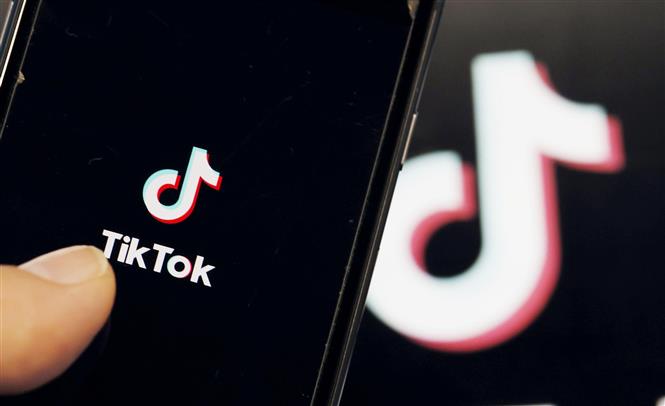
The average American adult spends more than two hours a day on social media, while teens spend double that time on platforms like TikTok and Instagram.
Do you feel like you spend too much time on your phone? You're not alone.
The average American adult spends more than two hours a day on social media, while teens spend double that time on platforms like TikTok and Instagram.
As experts warn about the addictive properties of social media, more and more people are looking for ways to “detox,” as evidenced by the 60% increase in Google searches for “social media detox” in recent months.
But does taking a break from social media really make a difference? Researchers say it does, and the benefits for your brain and mental health may surprise you.
The impact of social media on the brain
Many of us suspect we're spending too much time scrolling through social media, a concern reinforced when Oxford University Press chose "brain rot" as its word of the year for 2024.
However, finding the willpower to cut back on this habit isn't easy, thanks to the way social media exploits the brain's "reward system."
Anna Lembke, an addiction medicine expert and author of Dopamine Nation: Finding Balance in the Age of Indulgence, explains that people can become addicted to digital media in the same way they become addicted to drugs.
Based on what we know about how drugs and alcohol affect the brain, we can infer that a similar process occurs when we scroll through social media. Each like, comment, or cute cat video triggers a rush of dopamine (the brain’s feel-good chemical).
However, our brains are designed to maintain an overall dopamine balance, which Lembke describes as a seesaw mechanism. Constantly scrolling through social media eventually disrupts this balance, causing the brain to compensate by producing less dopamine or slowing down its transmission. Over time, this can lead us into a dopamine-depleted state, where we need more time online to feel normal again.
Pause the dopamine cycle
Taking a break from the dopamine cycle caused by social media could allow the brain to reset its “reward pathways,” allowing us to stop compulsive overconsumption that leads to “brain decay,” says Lembke.
“Excessive social media use can mean different things to different people,” said Paige Coyne, co-author of a study on the health effects of a two-week social media detox in 31 young people. “It’s important to set realistic goals for reducing our usual social media consumption.” Some people may want to give up completely, while others may want to cut their social media use in half.
To help rewire your brain's "reward system," Lembke recommends abstaining for as long as possible, ideally at least four weeks.
However, even short breaks have been shown to be effective in improving mental health. A study of 65 girls aged 10 to 19 found that taking a three-day break from social media improved their self-esteem and self-compassion, leading to a reduction in body shame.
Whether you decide to stop using social media for a few weeks or limit your daily use for a while, you'll likely find the first few days the hardest to overcome, says Sarah Woodruff, who co-authored a study on social media addiction with Coyne.
It's possible to experience withdrawal symptoms like cravings or anxiety, as the brain adjusts to the reduced dopamine levels, says Lembke. But tolerating these unpleasant feelings allows the brain's "reward system" to reboot and stop the cycle of craving and consumption.
Eventually, the cravings will stop, and you'll find it's easier to get through the day without the constant dopamine hit. "As the days go by, people find that quitting is easier than they expected," says Woodruff. "Once they get into the groove, most people enjoy it."
At the end of the two-week detox, where social media consumption was limited to 30 minutes per day, most participants reported mental health benefits such as higher life satisfaction, reduced stress levels, and improved sleep compared to the pre-study period.
Getting through the initial difficult phase can be easier if you team up with one or more friends who are quitting. In a study of teenage girls, Tomi-Ann Roberts, a psychology professor at Colorado College, asked participants to contact each other via a WhatsApp group on each day of the experiment to seek support.
“We found that girls experienced a sense of disconnection and fear of missing out, but they were able to share their experiences with others, so they felt less alone,” said Mr Roberts.
In addition to rewiring our brain's "reward system," taking a break from social media can help us become more aware of our relationship with social media platforms. "We can use this time to step back and be more aware of what we're doing (on social media) and whether it's benefiting us," Woodruff says. "For example, am I getting everything I need to get done in a day, or am I missing out on face-to-face interactions because of social media."
Maintain balance
After a period of abstinence, it's important to create safeguards to avoid falling back into compulsive overconsumption, says Lembke. "I recommend creating physical or mental barriers between ourselves and social media," says Lembke. "For example, not keeping your phone in the bedroom or turning off notifications."
Replacing quick dopamine hits with less immediate gratifications may also help keep the brain's reward pathways in balance.
"Healthy sources of dopamine often come with the task at hand," says Lembke, citing playing a musical instrument or cooking as examples. "When we engage in actions that require our attention, the brain releases dopamine with a certain delay, keeping the overall balance in check."
Finally, experts recommend scheduling social media detox sessions throughout the year to maintain balanced social media use.
“We can’t completely eliminate social media, but taking a break every once in a while can help us reset and evaluate how we’re using these platforms and how they make us feel,” says Woodruff.
According to Phuc Toan/Tin Tuc Newspaper
Source: https://doanhnghiepvn.vn/cong-nghe/nao-bo-cua-ban-se-ra-sao-khi-ngung-su-dung-mang-xa-hoi/20250102030633568


![[Photo] The moment Harry Kane lifted the Bundesliga trophy for the first time](https://vphoto.vietnam.vn/thumb/1200x675/vietnam/resource/IMAGE/2025/5/11/68e4a433c079457b9e84dd4b9fa694fe)
![[Photo] Discover the beautiful scenery of Wulingyuan in Zhangjiajie, China](https://vphoto.vietnam.vn/thumb/1200x675/vietnam/resource/IMAGE/2025/5/11/1207318fb0b0467fb0f5ea4869da5517)
![[Photo] National Assembly Chairman works with leaders of Can Tho city, Hau Giang and Soc Trang provinces](https://vphoto.vietnam.vn/thumb/1200x675/vietnam/resource/IMAGE/2025/5/11/c40b0aead4bd43c8ba1f48d2de40720e)

![[Photo] Prime Minister Pham Minh Chinh chairs the fourth meeting of the Steering Committee for Eliminating Temporary and Dilapidated Houses](https://vphoto.vietnam.vn/thumb/1200x675/vietnam/resource/IMAGE/2025/5/11/e64c18fd03984747ba213053c9bf5c5a)
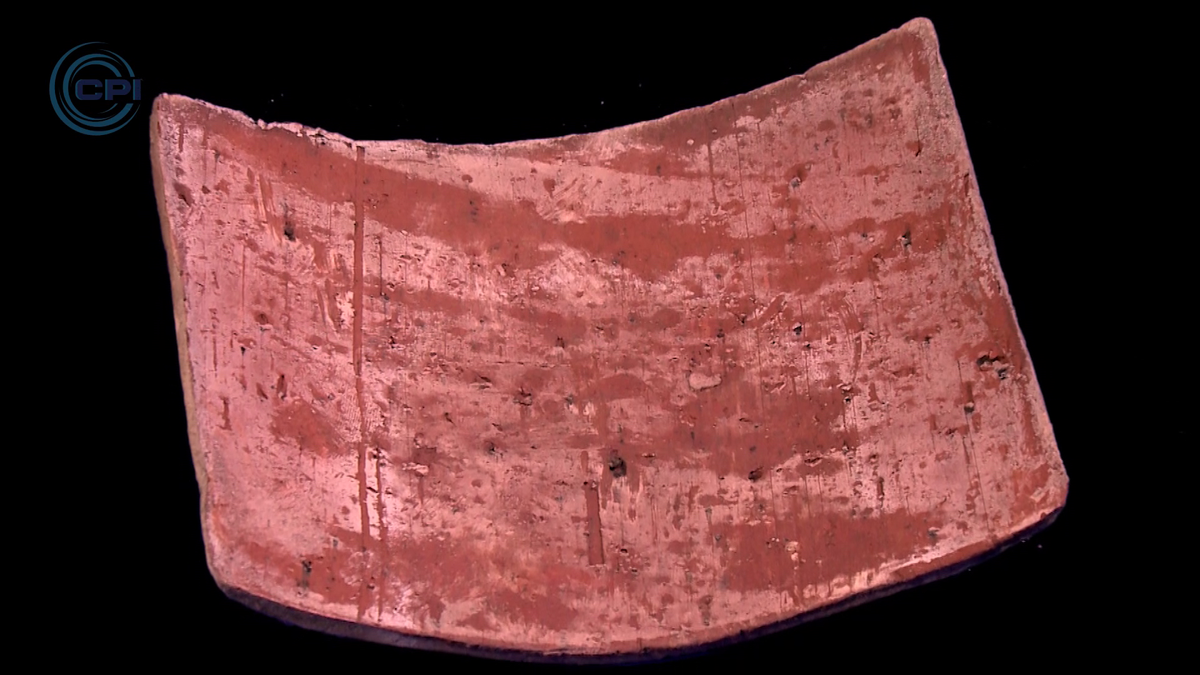


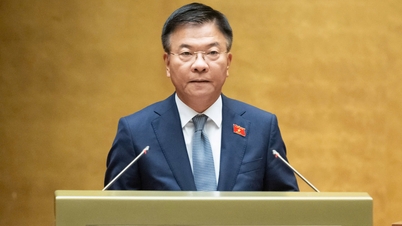

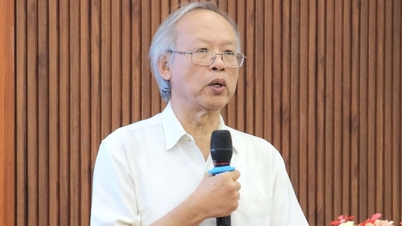






![[Video] Bringing environmental technology from the lab to life](https://vphoto.vietnam.vn/thumb/402x226/vietnam/resource/IMAGE/2025/5/11/57d930abeb6d4bfb93659e2cb6e22caf)
![[Video] Product risk classification: Solution to reform quality management, reduce burden for businesses](https://vphoto.vietnam.vn/thumb/402x226/vietnam/resource/IMAGE/2025/5/11/cbcd6b50805549a5bbb9e8e6354eda70)

![[Video] Domain name “.vn” - National symbol in cyberspace](https://vphoto.vietnam.vn/thumb/402x226/vietnam/resource/IMAGE/2025/5/11/ff459b2b640347a5948e3424e5c256d0)












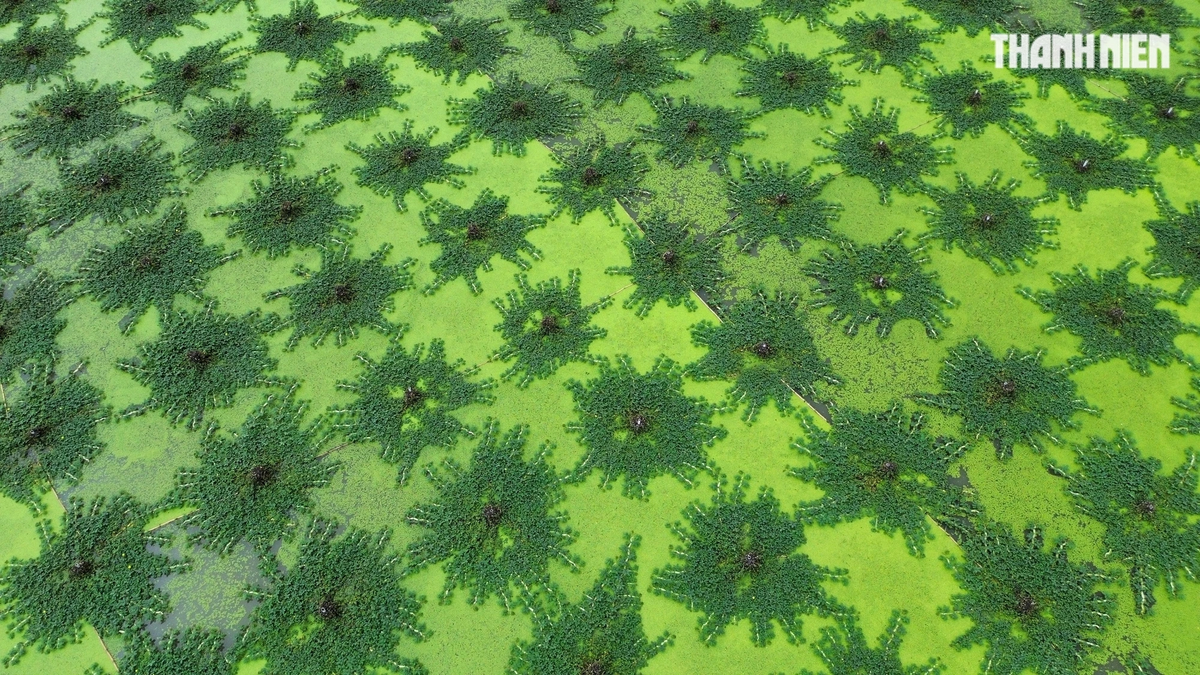

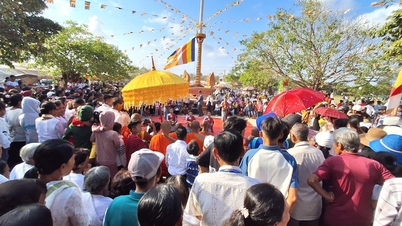
















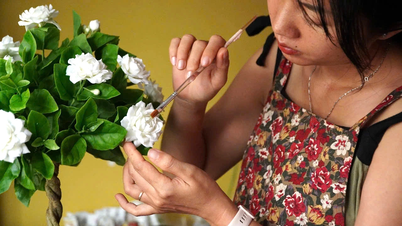





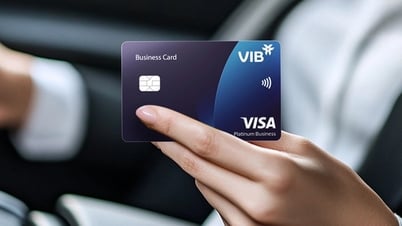







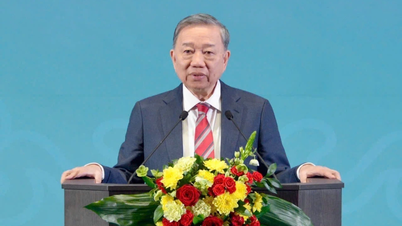


















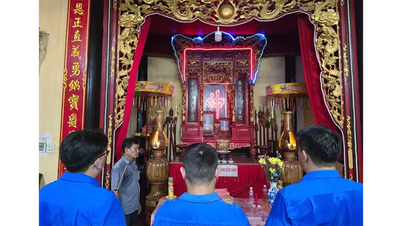








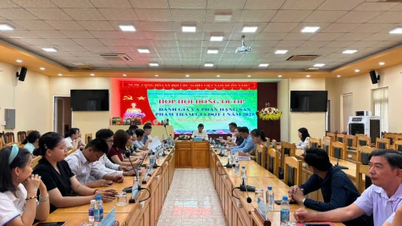




Comment (0)